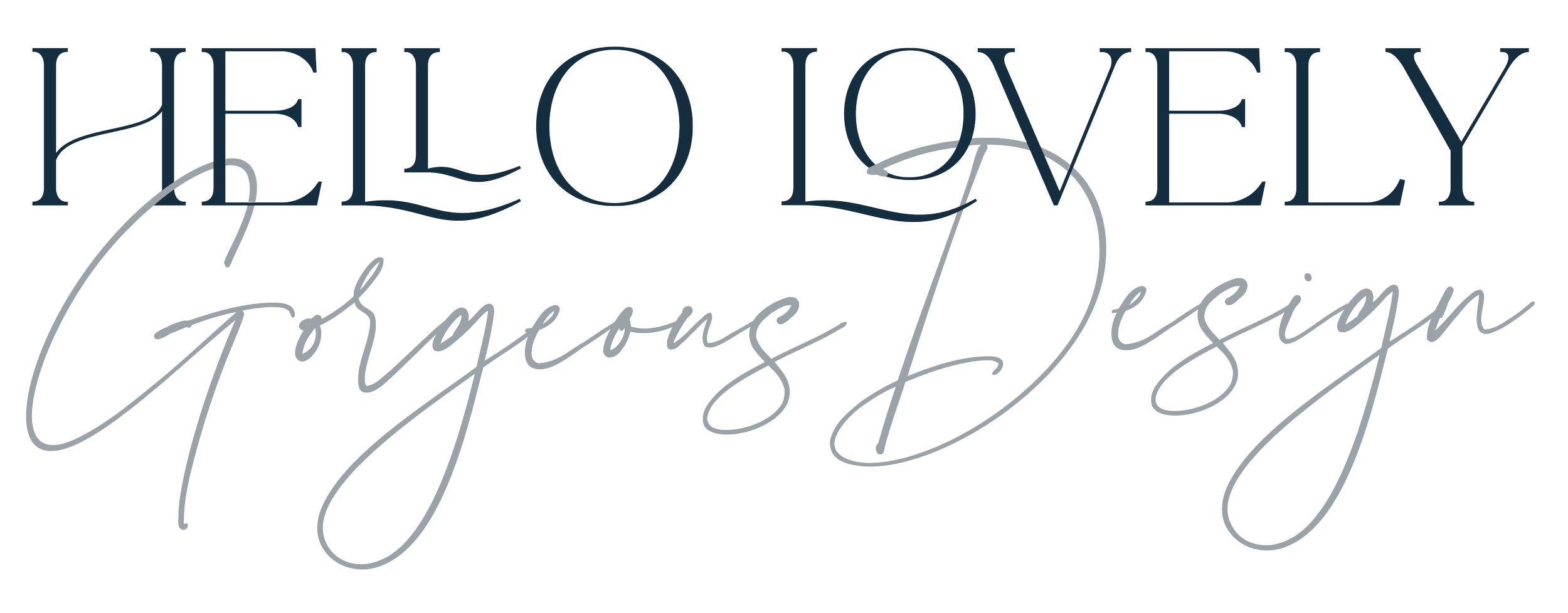Cultural and global design
Working with clients from across the world on their designs can be a different experience to working in your own language and country. Here’s a few things I’ve learned when collaborating with teams and clients that are international in honour of International Design Day!
Project management
Communication
Be mindful of the project set-up if there are different languages spoken in the team. What’s the best form of contact and is there anything to know about language barriers?
Platform
Are we creating in different languages? Does the platform support it and are the skills of an expert translator required? I’ve worked with Arabic and Chinese concept designs, but from there, I will hand over to an expert in the language. I may even decide to project manage only.
Legal terms
Terms of business need to be checked including any contracts that are created in other countries. This can also impact on copyright for images too. It’s better to get legal advice before starting any work.
Time differences
Global projects may require Zoom calls at strange hours if verbal updates are required. It’s good to know whose calendar is in charge here before the project terms are agreed. From that point, the schedule can adjust as necessary. It maybe better to provide weekly reports or use Trello instead of Zoom or Teams calls if the day is too long.
Holidays
Different cultures may have holiday and religious celebrations that should be honoured. These should be considered in any schedule.
Cutural differences
I have discussed being mindful of inclusivity. If the project is designed for a global or specific geographic area, then there might be sensitivity checks to make on design, image choices, illustration and colours.
Payment
Stripe, Paypal and IBAN and other payment facilities can overcome payment transfers but watch the extra fees and exchange rates.
Design management
Type choices
Design in print or web may require specialist language support and design approaches. For example, type is often set larger than English. Adobe supports multiple languages but be aware that websites and custom fonts may present issues. When choosing any font, I check that it has all the glyphs required including Cyrillic characters if the project has Eurasian languages.
Word length
Some languages require longer line lengths. German has very long words! This may cause issues if we intend to use an English design as the template and drop other languages into it or with a website UX, particularly on the menus and navigation. It can often be easier to start with the most complex language to test the design structure.
Takeaway
Thanks to the internet, we have the opportunity to share skills across the world and create work that aids our learning too. By being sensitive to the needs of a global project and setting up the project with care, design can be global too!
